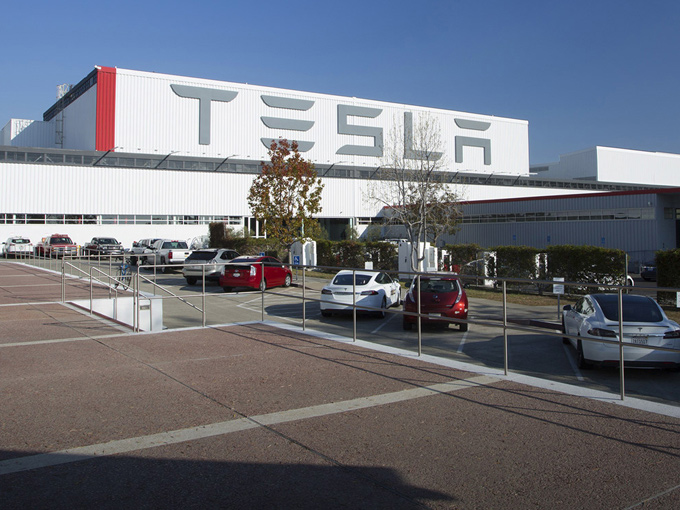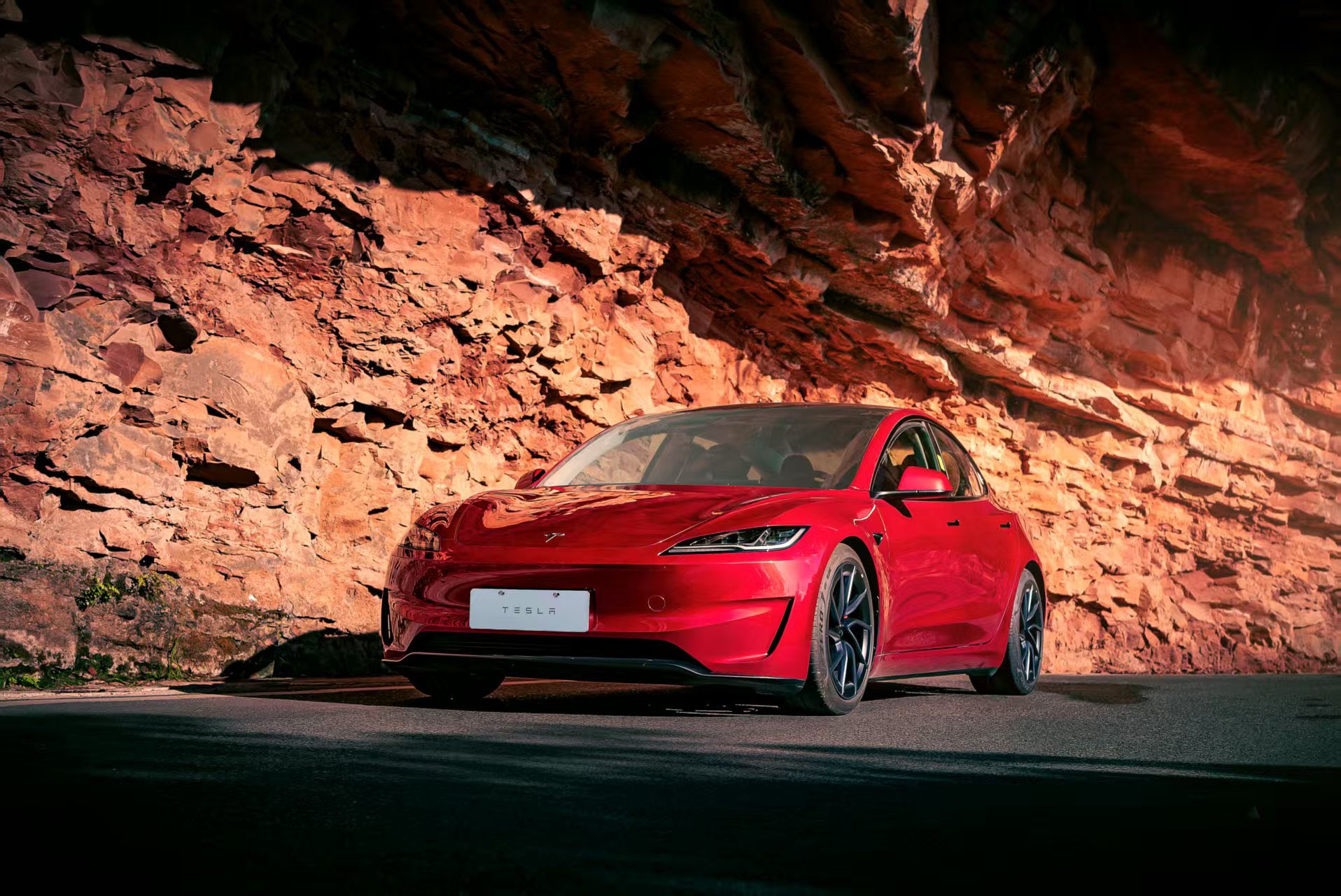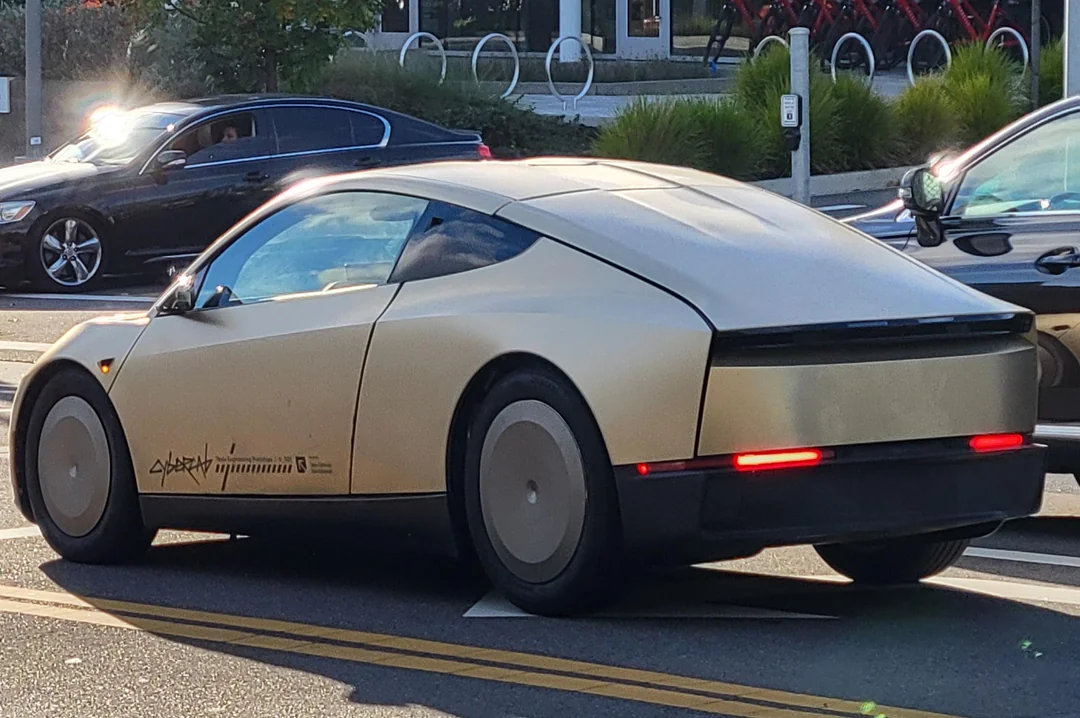News
Tesla and the danger of soft budget constraints

The Wall Street Journal is not always friendly to Elon Musk and Tesla Motors. In an article published August 16, staff writer Holman Jenkins, Jr. suggests that Tesla is one election away from extinction. Why? Holman bases his analysis on a study of John Z. DeLorean and an economic principle known as soft budget constraints.
The study by Graham Brownlow of Queen’s University Belfast was published in October, 2014. It says one of the foundations for DeLorean’s start-up car company was the willingness of the British government to subsidize the enterprise with grants, tax breaks, government backed loans, and other political incentives.
In 1975 when DeLorean Motors began, conflict between Protestants and Catholics in Ireland was at a fever pitch. The economy of Northern Ireland was in tatters and the British government was desperate to attract manufacturing jobs to the area. DeLorean promised to do just that and the government responded with open arms.
Brownlow says the support from the government amounted to what economists refer to as soft budget constraints, meaning the company never had to turn a profit. In effect, as DeLorean boasted at the time, the government was in so deep, it had no choice but to continue funding the operation. In layman’s terms, its like having rich parents and knowing they will cover your losses no matter how foolishly you spend your money.
Jenkins says Tesla Motors is similarly positioned. It is the beneficiary of several indirect government subsidies such as federal and state tax credits, HOV stickers, and the like. He also claims the company benefits from direct government support in the form of loan guarantees and corporate tax credits. Taken together, they provide Tesla with the ability to exceed normal budgetary constraints on a regular basis.
He prefers what he would term the more traditional model, as laid out by Brownlow. “The more [an entrepreneur] expects that the existence and growth of the firm will depend solely on production costs and proceeds from sales, the more he will respect the budget constraint,” Brownlow writes.
Jenkins hints darkly that Musk’s recent decision to bring the start of production of the Model 3 forward by 2 years is a ploy designed to force the federal government to extend the tax credit program for buyers of electric cars. Tesla will be bumping up against the 200,000 vehicle limit in total US sales by the time that car goes on sale.
He also thinks the merger between Tesla and SolarCity is intended to mute the criticism that Teslas are not as environmentally friendly as they are touted to be, since the majority of electricity in the United States comes from burning fossil fuels like natural gas and coal.
Jenkins reminds readers that John DeLorean’s dream came crashing down once Margaret Thatcher came to power. She turned off the financial spigot that had propped him up, with predictable results. The implication is that Tesla is just one election away from a similar fate.
Jenkins could be the designated cheerleader for all the people who have shorted Tesla stock. The comments appended to his story in the Journal make it clear his opinions have plenty of enthusiastic supporters, many of whom view Elon Musk as little more than a scam artist.
In his efforts to advocate for a level playing field where every corporation pays all its bills on time, pays all its taxes, never accepts a hand out from the government, and always does the right thing, he conveniently overlooks the $5 trillion a year in direct and indirect subsidies the International Monetary Fund says are provided to the fossil fuel industry every year.
There is a coda to the DeLorean story, one that is seldom told. It is said that John Z personally selected the spot where his factory in Northern Ireland would be built. The Irish have a long and steadfast belief in what they call “the little people.” We call them leprechauns.
According to the story, the site DeLorean chose required the removal of a whitethorn tree. Now, everyone knows the little people build their homes in the roots of whitethorn trees. Uprooting one is guaranteed to bring some seriously bad mojo down on your head.
What happened to DeLorean only proves that legend may be more powerful than economic theory. The antidote to Jenkins’ gloomy predictions may be to inform Elon he must never cut down a whitethorn tree to build one of his factories.
Source: Wall Street Journal

News
Tesla Model 3 named New Zealand’s best passenger car of 2025
Tesla flipped the switch on Full Self-Driving (Supervised) in September, turning every Model 3 and Model Y into New Zealand’s most advanced production car overnight.

The refreshed Tesla Model 3 has won the DRIVEN Car Guide AA Insurance NZ Car of the Year 2025 award in the Passenger Car category, beating all traditional and electric rivals.
Judges praised the all-electric sedan’s driving dynamics, value-packed EV tech, and the game-changing addition of Full Self-Driving (Supervised) that went live in New Zealand this September.
Why the Model 3 clinched the crown
DRIVEN admitted they were late to the “Highland” party because the updated sedan arrived in New Zealand as a 2024 model, just before the new Model Y stole the headlines. Yet two things forced a re-evaluation this year.
First, experiencing the new Model Y reminded testers how many big upgrades originated in the Model 3, such as the smoother ride, quieter cabin, ventilated seats, rear touchscreen, and stalk-less minimalist interior. Second, and far more importantly, Tesla flipped the switch on Full Self-Driving (Supervised) in September, turning every Model 3 and Model Y into New Zealand’s most advanced production car overnight.
FSD changes everything for Kiwi buyers
The publication called the entry-level rear-wheel-drive version “good to drive and represents a lot of EV technology for the money,” but highlighted that FSD elevates it into another league. “Make no mistake, despite the ‘Supervised’ bit in the name that requires you to remain ready to take control, it’s autonomous and very capable in some surprisingly tricky scenarios,” the review stated.
At NZ$11,400, FSD is far from cheap, but Tesla also offers FSD (Supervised) on a $159 monthly subscription, making the tech accessible without the full upfront investment. That’s a game-changer, as it allows users to access the company’s most advanced system without forking over a huge amount of money.
News
Tesla starts rolling out FSD V14.2.1 to AI4 vehicles including Cybertruck
FSD V14.2.1 was released just about a week after the initial FSD V14.2 update was rolled out.

It appears that the Tesla AI team burned the midnight oil, allowing them to release FSD V14.2.1 on Thanksgiving. The update has been reported by Tesla owners with AI4 vehicles, as well as Cybertruck owners.
For the Tesla AI team, at least, it appears that work really does not stop.
FSD V14.2.1
Initial posts about FSD V14.2.1 were shared by Tesla owners on social media platform X. As per the Tesla owners, V14.2.1 appears to be a point update that’s designed to polish the features and capacities that have been available in FSD V14. A look at the release notes for FSD V14.2.1, however, shows that an extra line has been added.
“Camera visibility can lead to increased attention monitoring sensitivity.”
Whether this could lead to more drivers being alerted to pay attention to the roads more remains to be seen. This would likely become evident as soon as the first batch of videos from Tesla owners who received V14.21 start sharing their first drive impressions of the update. Despite the update being released on Thanksgiving, it would not be surprising if first impressions videos of FSD V14.2.1 are shared today, just the same.
Rapid FSD releases
What is rather interesting and impressive is the fact that FSD V14.2.1 was released just about a week after the initial FSD V14.2 update was rolled out. This bodes well for Tesla’s FSD users, especially since CEO Elon Musk has stated in the past that the V14.2 series will be for “widespread use.”
FSD V14 has so far received numerous positive reviews from Tesla owners, with numerous drivers noting that the system now drives better than most human drivers because it is cautious, confident, and considerate at the same time. The only question now, really, is if the V14.2 series does make it to the company’s wide FSD fleet, which is still populated by numerous HW3 vehicles.
News
Waymo rider data hints that Tesla’s Cybercab strategy might be the smartest, after all
These observations all but validate Tesla’s controversial two-seat Cybercab strategy, which has caught a lot of criticism since it was unveiled last year.

Toyota Connected Europe designer Karim Dia Toubajie has highlighted a particular trend that became evident in Waymo’s Q3 2025 occupancy stats. As it turned out, 90% of the trips taken by the driverless taxis carried two or fewer passengers.
These observations all but validate Tesla’s controversial two-seat Cybercab strategy, which has caught a lot of criticism since it was unveiled last year.
Toyota designer observes a trend
Karim Dia Toubajie, Lead Product Designer (Sustainable Mobility) at Toyota Connected Europe, analyzed Waymo’s latest California Public Utilities Commission filings and posted the results on LinkedIn this week.
“90% of robotaxi trips have 2 or less passengers, so why are we using 5-seater vehicles?” Toubajie asked. He continued: “90% of trips have 2 or less people, 75% of trips have 1 or less people.” He accompanied his comments with a graphic showing Waymo’s occupancy rates, which showed 71% of trips having one passenger, 15% of trips having two passengers, 6% of trips having three passengers, 5% of trips having zero passengers, and only 3% of trips having four passengers.
The data excludes operational trips like depot runs or charging, though Toubajie pointed out that most of the time, Waymo’s massive self-driving taxis are really just transporting 1 or 2 people, at times even no passengers at all. “This means that most of the time, the vehicle being used significantly outweighs the needs of the trip,” the Toyota designer wrote in his post.
Cybercab suddenly looks perfectly sized
Toubajie gave a nod to Tesla’s approach. “The Tesla Cybercab announced in 2024, is a 2-seater robotaxi with a 50kWh battery but I still believe this is on the larger side of what’s required for most trips,” he wrote.
With Waymo’s own numbers now proving 90% of demand fits two seats or fewer, the wheel-less, lidar-free Cybercab now looks like the smartest play in the room. The Cybercab is designed to be easy to produce, with CEO Elon Musk commenting that its product line would resemble a consumer electronics factory more than an automotive plant. This means that the Cybercab could saturate the roads quickly once it is deployed.
While the Cybercab will likely take the lion’s share of Tesla’s ride-hailing passengers, the Model 3 sedan and Model Y crossover would be perfect for the remaining 9% of riders who require larger vehicles. This should be easy to implement for Tesla, as the Model Y and Model 3 are both mass-market vehicles.









